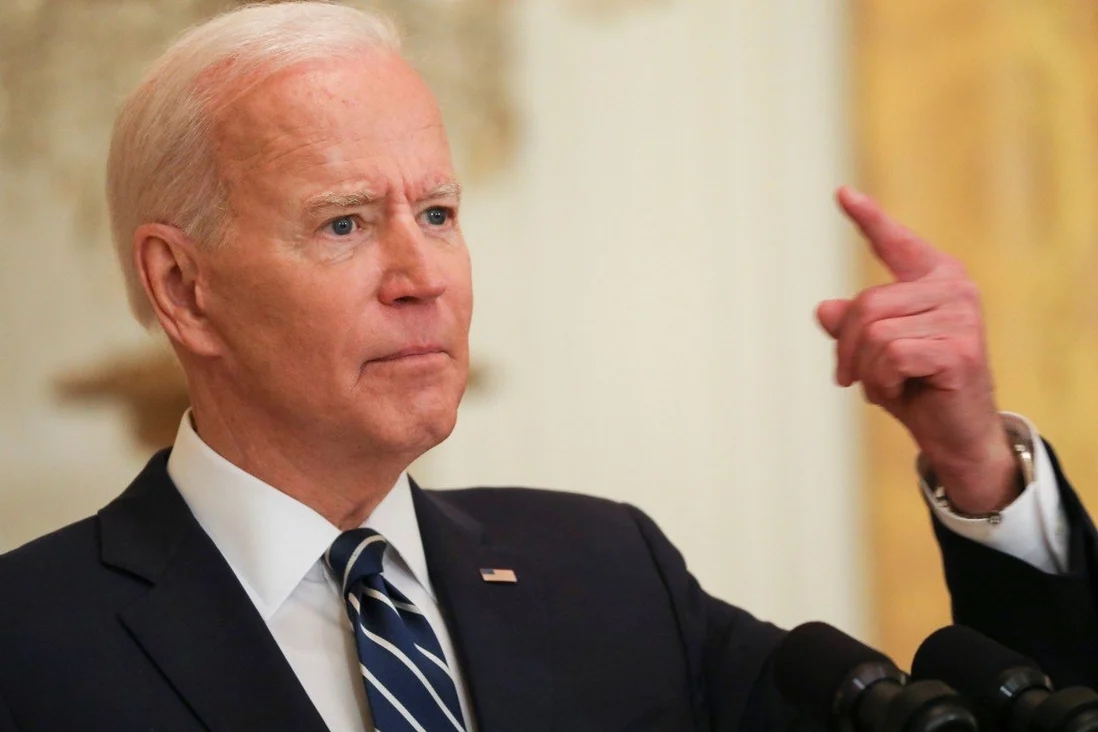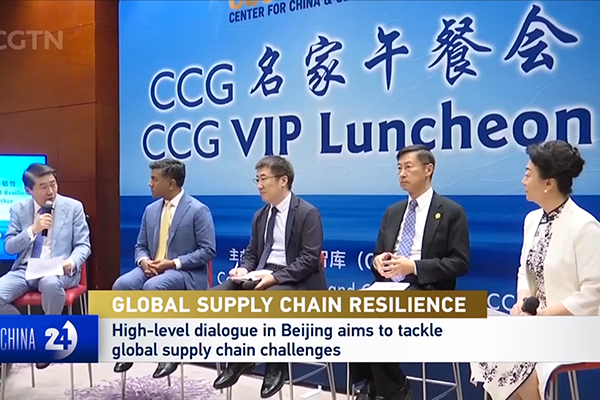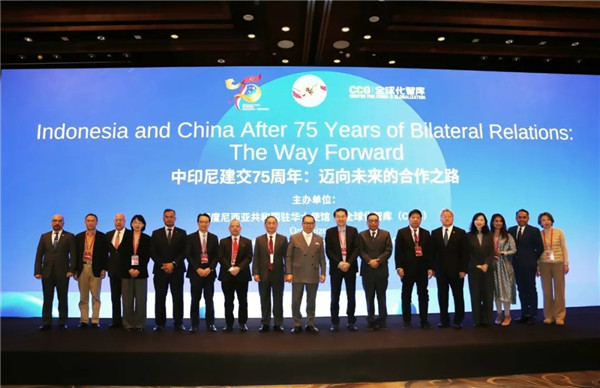[SCMP] In a warring economy split into US vs China blocs, no winners
April 12 , 2021As the divide into two ecosystems of economic and trade activities deepens, business costs increase, efficiency falls – and everyone in the global economy loses

It was alarming to hear a recent conversation between experts from the United States and China discussing the risk of unconstrained rivalry between the two nations leading to catastrophe. Yet that rivalry is fast becoming more entrenched – a development as dangerous as it is ominous.
This is obviously true on the security front (notably in East Asia) but what is less obvious is what is happening on the economic front, where a decoupling of systems is creating a net negative situation for the world’s two leading economies and, ultimately, the rest of the world.

One of the speakers in the dialogue organised by the Center for China and Globalization(CCG) was Harvard professor Graham Allison, whose belief that the US and China are being drawn into a Thucydides trap, whereby a rising power is destined to collide with an established one, has gained wide currency.
The issue, according the CCG’s president Wang Huiyao, is whether the world’s two largest economies can escape the fate of military conflict.
It may be that the prospect of mutually assured destruction will deter conflict (as was the case with the US and the former Soviet Union) but, aside from the risk of fatal accidents during a policy of brinkmanship, the sheer waste of energy and resources involved is inexcusable.
As Hung Tran, a senior fellow at the Atlantic Council’s GeoEconomics Centre and former International Monetary Fund and Institute of International Finance official, noted in a recent analysis, the US and China are competing “across economic, trade, technology, cybersecurity, military and geopolitical domains”.
This has “slowly bifurcated the world economy into two ecosystems of economic and trade activities”, essentially “one world, two systems”, he said. It began with a trade war which evolved into a tech war and is now entering a cold war that could lead to “regional armed skirmishes in the East and South China Seas or worse”.
These developments may have been slow but they have accelerated alarmingly under the Biden administration, which seems set on formalising a process which, until recently, could still be seen as a reversible aberration of the Trump administration.
Much of what has happened predates the Biden era but by outdoing Donald Trump in creating alliances with partners in Asia (chiefly Japan and India but also Australia) and in Europe (chiefly Britain), the Biden administration is cementing the foundations of the great divide.
The West, as Tran noted, has adopted a combination of decoupling economic activities from China and reshoring manufacturing activity back to the home countries in the interests of job creation. But, in reality, such activities simply migrate to other developing economies.
Technological decoupling can also be seen as an effort by the US to contain China by cutting off its access to US advanced technologies, and delaying or derailing its rise to a position where it would be able to challenge the US technologically and militarily.
What has been the outcome? The Trump trade wars have failed to redress the US-China bilateral trade imbalance. The US, as Tran noted, “seems to have suffered worse consequences than China”, adding that “the trade war has hurt the US economy and failed to achieve major policy goals”.
China’s trade with the US has declined while trade with other countries has increased, boosting China’s foreign trade overall, and increasing its trade surplus.
As for the tech war, Tran concluded that “technological decoupling will raise costs and reduce efficiency in the global economy” and “foster a bifurcation of technological and manufacturing activities into US and Chinese ecosystems”.
In response to the US-initiated trade and tech wars, and under pressure from the Covid-19 pandemic, China has meanwhile articulated a dual circulation strategy to guide its economic development under its 2021-25 five-year plan.
China’s leaders have tried to rebalance the country’s economy to reduce its dependence on fixed-asset investment and exports as key engines of growth, in favour of stronger private domestic consumption, including of services.
The“Made in China” campaign is “smart import substitution”, Tran argued. China does not just erect protectionist walls to shelter inferior producers at home but strives to move up the value chain by capturing high-end added value for the domestic economy.
In this, China’s model seems to look more towards the German model as a producer and exporter of high-quality capital and consumer goods, than towards being simply the world’s factory of mass consumer goods.
While the jury is still out on the effectiveness of either the US or Chinese strategies, one thing is clear, Tran said. The tasks of the US and China have been made much tougher by the splitting of the global economy into two competing ecosystems.
As this divide deepens, the global economy will incur increasing costs of doing business and become less efficient. There can be no winner in this war.






